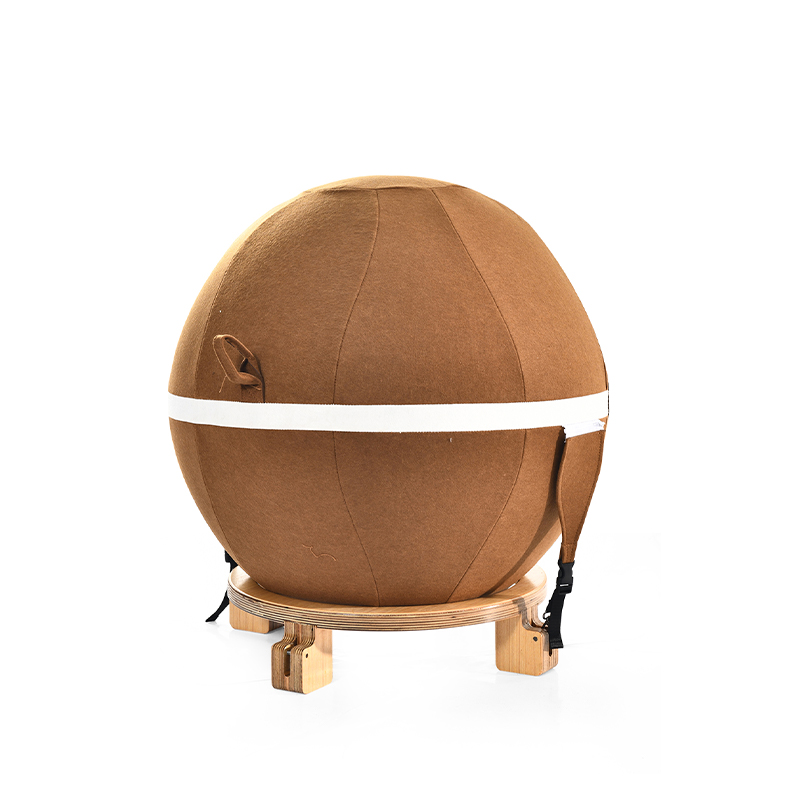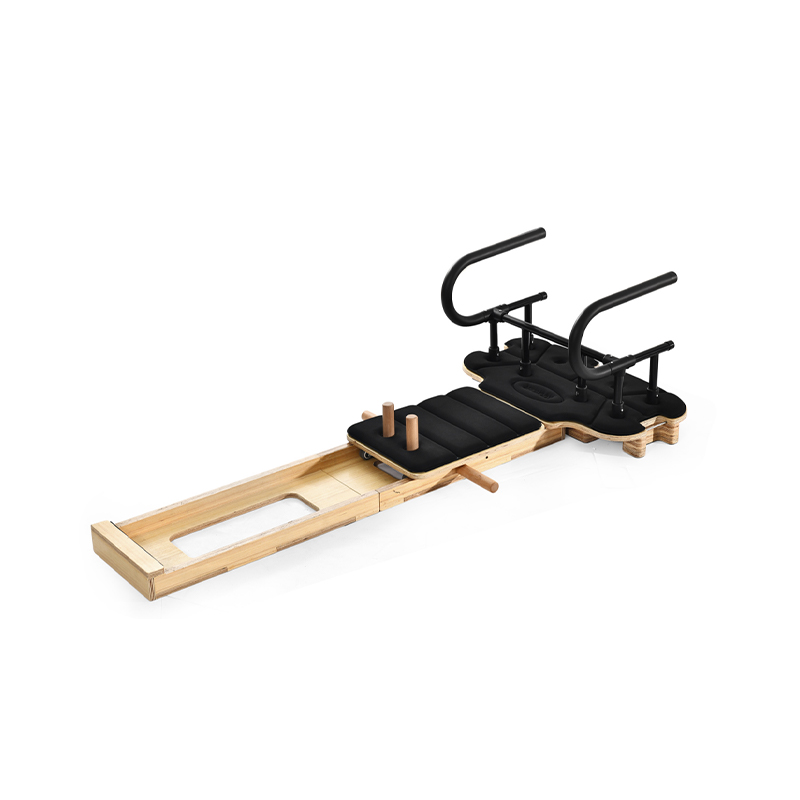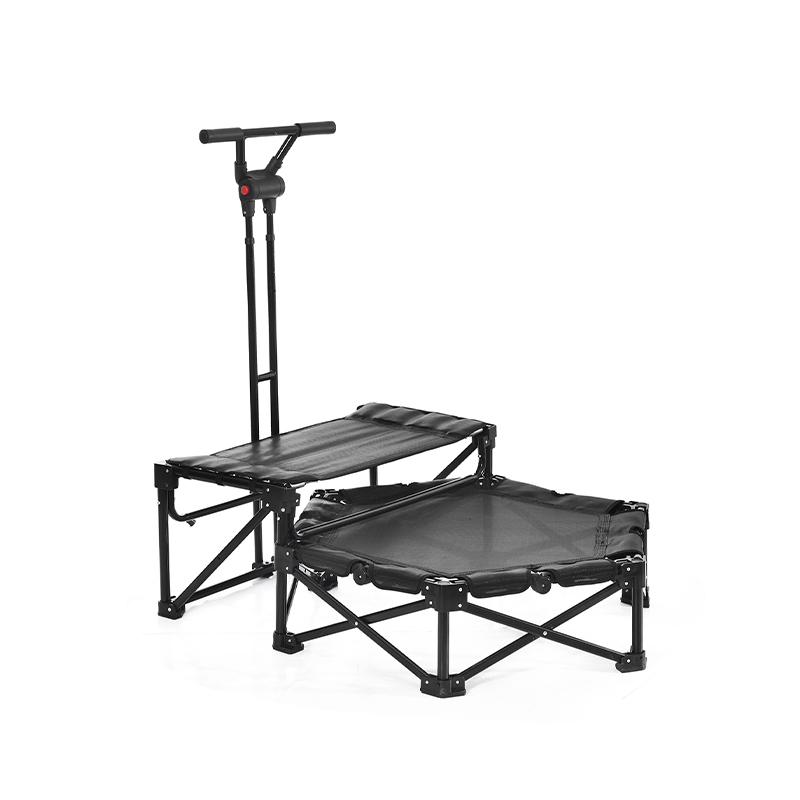In modern work environments, the idea of using a Fitness Ball instead of a traditional office chair has stirred curiosity and debate. Some claim it strengthens the core and improves posture, while others caution about discomfort and risk.
Fitness Ball in the Workplace – Is That Smart?
Replacing your standard chair with a fitness sphere sounds creative—but is it wise? The unstable surface of a ball forces small, continuous adjustments of posture. That dynamic balance can engage muscles that might otherwise stay passive while sitting still. Proponents propose this active sitting as a way to reduce the negative effects of long periods of static seating.
Still, practical challenges exist. A ball does not offer backrest support, armrests, or height adjustability. Users of different heights may struggle to align their arms and legs ergonomically. Over a full shift, muscle fatigue can creep in, leading to slumping or awkward compensations.
Fitness Ball at Work: The Truth About Sitting During Office Hours
Scientific studies have examined the biomechanics of sitting on an exercise ball vs. a regular chair. One trial found that use of a stability ball at work reduced the percentage of workers reporting pain from about 45 % down to 21 %. Another research review warns that the evidence is patchy and benefits may be overhyped.
In more controlled lab settings, sitting on a ball led to greater trunk motion and increased variability in lumbar muscle activity than a chair. But that comes at a cost: average spinal loading and muscle activation tended to be higher, which may amplify fatigue over time. Some studies even report more discomfort in the low back and buttock areas for ball users during prolonged sitting sessions.
Thus, the “truth” is mixed. Short intervals of sitting may produce modest gains or stimulation, but sustained use may undercut comfort or safety.
Fitness Ball Essentials: Top Models and Their Importance
If someone intends to try using a Fitness Ball as a seating option, model choice matters. Key features include:
Non-slip surface: For stability and grip under load.
Appropriate diameter: Ensuring thighs are slightly angled and feet rest flat.
Durable material: To hold air and shape under weight over time.
Fitness Ball Versus Ergonomic Chair: Which Makes More Sense?
An ergonomic chair offers back support, adjustable height, lumbar contouring, and armrests. These features reduce loading on spinal structures and help maintain neutral postures over long work hours. Studies warn that the unstable nature of a fitness ball may increase muscle fatigue or force compensatory postures.
Hence, many experts suggest alternating usage: use the fitness ball intermittently for short periods, and rely on a well-designed ergonomic chair for primary seating.
Fitness Ball Use Tips for Office Users
Limit continuous ball sitting to 20–30 minutes before switching.
Use on a flat, non-slippery surface, ideally with a mat underneath.
Place near a wall or desk edge to guard against accidental falls.
Combine with stretching breaks and occasional standing intervals.
Monitor your comfort and discontinue use if pain arises.

Conclusion & Product Recommendation: Stability Training Antislip Yoga Ball
To summary, using a Fitness Ball as an office chair alternative may offer occasional benefits, especially for short bursts of “active sitting,” but it does not serve well as a full-time seat replacement. For those who want to try, choosing a solid, anti-slip, anti-burst model is crucial.
As a recommended choice, consider the Stability Training Antislip Yoga Ball. It offers a blend of stability, grip, and durability. If you would like more detailed product information, please consult Zhengding Company.


 English
English русский
русский Español
Español







